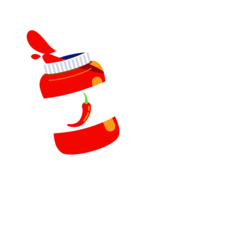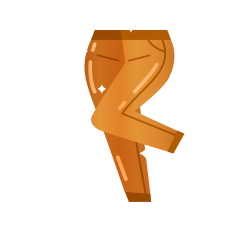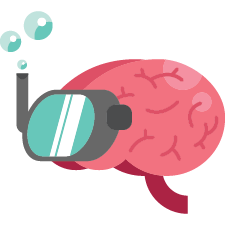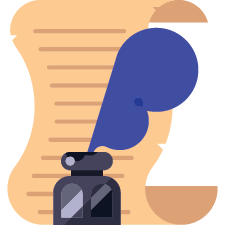Install Steam
login
|
language
简体中文 (Simplified Chinese)
繁體中文 (Traditional Chinese)
日本語 (Japanese)
한국어 (Korean)
ไทย (Thai)
Български (Bulgarian)
Čeština (Czech)
Dansk (Danish)
Deutsch (German)
Español - España (Spanish - Spain)
Español - Latinoamérica (Spanish - Latin America)
Ελληνικά (Greek)
Français (French)
Italiano (Italian)
Bahasa Indonesia (Indonesian)
Magyar (Hungarian)
Nederlands (Dutch)
Norsk (Norwegian)
Polski (Polish)
Português (Portuguese - Portugal)
Português - Brasil (Portuguese - Brazil)
Română (Romanian)
Русский (Russian)
Suomi (Finnish)
Svenska (Swedish)
Türkçe (Turkish)
Tiếng Việt (Vietnamese)
Українська (Ukrainian)
Report a translation problem

















































I'm going to assume that a lot of what you thought was wrong with the guide may be some sort of translation issue. You know, because the sentence I quoted above doesn't really make any sense in English. It was never my intention to limit players to the heroes or skill builds I suggest in the guide long term. I do believe exploiting Vestal may spare new players from the pain of losing many heroes, which seems to be a major complaint of people learning how to play. I do believe that human-only Abomination is a perfectly valid strategy for all levels of play (Manacles is just broken). The team Vestal-Highway-Crusader-Crusader has the real purpose of mindlessly cleaning up in the first Darkest Dungeon, but I've never had problems playing it in Ruins. And Marking parties may be fun, but it's not as if they're necessary for anything.
3/10